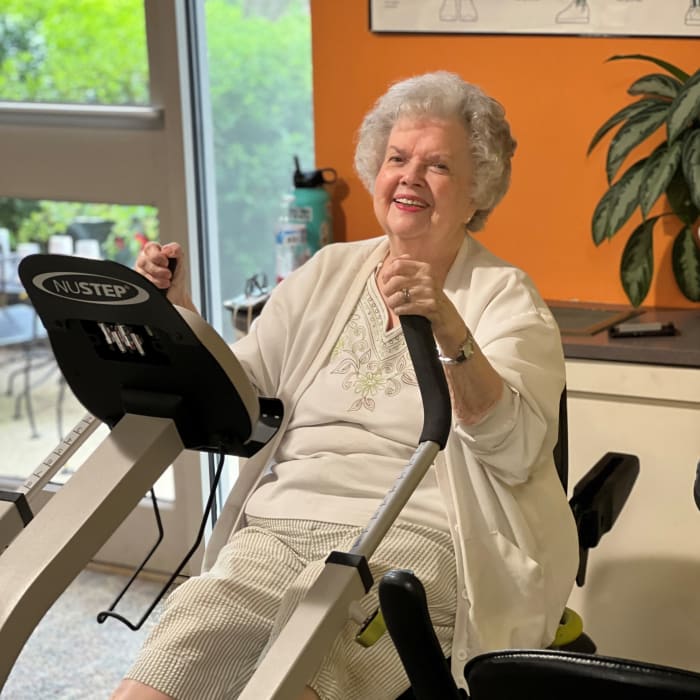Understanding the true cost of aging at home
When weighing options for future care and retirement, it can be easy to feel a senior living community is out of budget. However, there are a lot more factors to consider than the price tag alone. Let’s compare the total costs of aging at home versus living in a dedicated community.
Stay-at-home costs
It’s estimated that someone turning age 65 today has almost a 70% chance of needing long-term care services in their remaining years.1 This means most older adults can expect to need care at home or at a care community. Those who choose to age at home may hire a homemaker or home health aide. A homemaker takes care of daily household tasks such as washing the dishes, putting out the trash, doing light cleaning and shopping for groceries. The median cost of homemaker services in 2019 was $51,480 per year.2
Home health aides, sometimes referred to as nurse aides or nursing assistants, help with more personal care-related tasks. For example, they may help with bathing and dressing. A home health aide may also be qualified to perform limited health services. These can include taking blood pressure, checking temperature and providing medication reminders. In 2019, the median yearly cost to hire a full-time home health aide was $52,624.2
Even if a family member is planning to leave their full-time job and provide care themselves, the cost of quitting work can be significant. One analysis found that the average female family member who dropped out of work to become an adult caregiver lost an average of $143,000 total.3 This total included not just wages lost while unemployed, but also the impact of lost Social Security benefits and retirement savings.
Another cost of aging at home? Remodeling that home so it’s safe to age in. Handrails, ramps, wide doorways and nonslip flooring are all additions or changes that may be necessary to make a home safe. Many homes are not already designed with these features in mind, especially if they’re older. Some modifications can be quite pricey, with the most extensive renovations costing up to $100,000.4 And that’s without even including the cost of maintaining the rest of the home.
The cost-effectiveness of senior living communities
A senior living community might initially sound like the more expensive alternative to at-home care. But the truth is these communities are specially designed to meet the needs of older adults at an affordable price point. And they may provide a predictable cost structure for future care needs, with tiered pricing options based on a resident’s current needs.
An assisted living community provides much more than a maintenance-free residence to live in. Older adults who live in these communities can enjoy an improved quality of life thanks to included meals that are nutritious, balanced and custom-made in-house; a wide range of community activities; and varied fitness opportunities that are easily adapted to all levels of ability. While the level of care at an assisted living community is not as extensive as a skilled nursing community, it’s an ideal next step from independent living when daily activities become difficult. Assisted living residents are often still highly active, but may require assistance with activities such as dressing, bathing or managing medications.
Skilled nursing communities offer many of the same services and amenities as assisted living communities, but offer a higher level of supervision and care. This includes 24-hour nursing care, rehabilitation services and other care for complex medical needs. Due to the increased level of care and services provided, skilled nursing communities do cost more than assisted living alternatives. However, a skilled nursing community can offer massive savings compared to the price tag of 24-hour home care.
Explore your options
You deserve to have all the knowledge you need to make the right decision on retirement living. At Presbyterian Communities of South Carolina, we’d love to help you explore an in-depth cost comparison of your current home situation and future care options. For more information, visit www.prescommunities.org.
1 Source: Administration on Aging.
2 Source: Genworth.
3 Source: NPR.
4 Source: CNBC.






